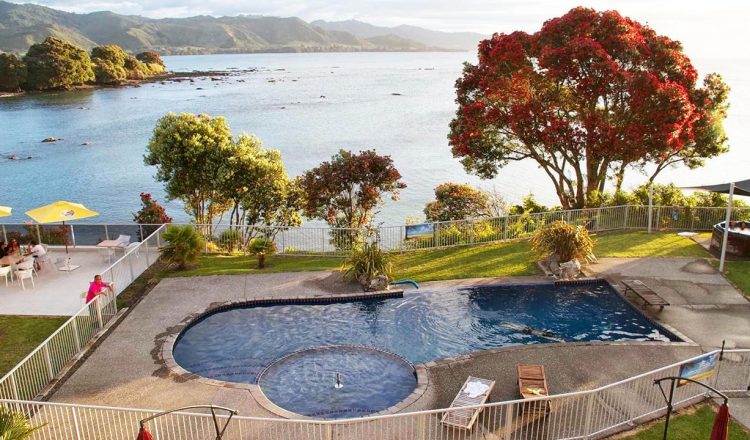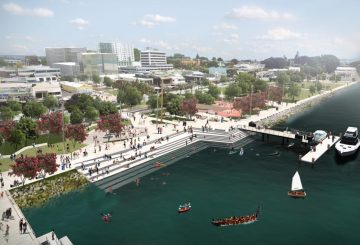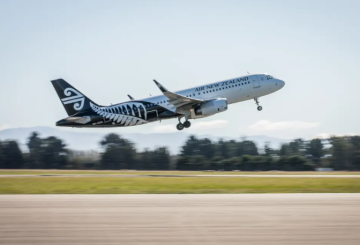Hội đồng quận Ōpōtiki đang ủng hộ các cuộc gọi từ các nhà lãnh đạo iwi để hạn chế phong trào vào khu vực để giúp giữ Covid-19 không lây lan vào rohe.
Điều này xảy ra sau khi một trường hợp xác nhận Covid-19 đã được Bộ Y tế công bố ngày hôm nay.
Ủy viên hội đồng Ōpōtiki Louis Rapihana cũng là thành viên của đơn vị phản ứng iwi cho Te Whānau-ā-Apanui. Ông nói rằng với Covid-19 tiếp tục gây ra sự gián đoạn và các biến thể mới được nhìn thấy trên khắp thế giới, thông điệp đơn giản từ iwi của anh ấy là tránh xa.
“Năm ngoái, khi Covid lần đầu tiên đến, chúng tôi đã dành nhiều tuần cho ranh giới rohe của mình để đảm bảo rằng chúng tôi biết ai đang đến và yêu cầu mọi người không dừng lại hoặc ở lại khu vực và tăng nguy cơ lây lan vi-rút,” Rapihana nói.
“Thời gian này, việc có trạm kiểm soát là quá nhiều rủi ro đối với người dân của chúng tôi và vì vậy chúng tôi đang dựa vào du khách và whānau để lắng nghe và hiểu yêu cầu của chúng tôi rằng mọi người không đến bờ biển vào mùa hè này.
Rapihana cho biết có rất nhiều người dễ bị tổn thương và người già trong cộng đồng, nhiều người ở xa và hầu hết là hơn ba giờ từ bệnh viện gần nhất.
“Chúng tôi không xa lạ với đại dịch và chúng tôi vẫn tưởng niệm những người chúng tôi đã mất với dịch cúm năm 1918 đã tàn phá iwi của chúng tôi và thấy một sự mất mát lớn của cuộc sống với thế hệ đầu những năm 1900. Hapū đã giới thiệu tikanga mới để giúp chống lại virus thời đó như chúng ta đang làm ở đây ngày hôm nay.
“Người dân của chúng tôi đã đứng lên các trại cách ly cho những người nhiễm virus chết người; một lần nữa chúng tôi đã đưa ra các biện pháp để làm điều tương tự, vì vậy chúng tôi biết chúng tôi phải làm gì và chúng tôi sẽ làm những gì cần thiết để bảo vệ chúng ta và những người sống trong ranh giới của chúng tôi.
Rapihana nói: “Chúng tôi có một số tỷ lệ tiêm chủng cao nhất trong cả nước và điều này là nhờ vào nỗ lực to lớn của đội ngũ y tế rất nhỏ của chúng tôi, nhưng việc giữ mọi người và Covid là biện pháp phòng thủ đầu tiên và tốt nhất của chúng tôi chống lại loại virus này.
Giám đốc điều hành Hội đồng quận Ōpōtiki Aileen Lawrie cho biết đã có những lời kêu gọi tương tự từ iwi khác trong huyện bao gồm Whakatōhea và Ngaitai và hội đồng rất muốn hỗ trợ kaupapa này.
“Năm ngoái, chúng tôi đã hỗ trợ Te Whānau-ā-Apanui cùng với cảnh sát và các cơ quan khác khi họ bảo vệ các cộng đồng ven biển với các khu an toàn cộng đồng trên ranh giới rohe của họ,” Lawrie nói.
Lần này, chúng tôi muốn thêm sự hỗ trợ của mình vào thông điệp của họ để giữ Covid ra khỏi cộng đồng của chúng tôi. Chúng tôi chỉ đơn giản là không có các nguồn lực hoặc cơ sở vật chất, và chúng tôi chưa có tỷ lệ tiêm chủng đủ cao, để cho phép Covid nắm giữ ở khu vực địa phương của chúng tôi. Chúng tôi đang làm như vậy và hạn chế các phong trào nhân viên của chúng tôi lên bờ biển ở mức tối thiểu tuyệt đối theo yêu cầu của Iwi.
“Là một hội đồng, chúng tôi muốn chắc chắn cho cộng đồng của chúng tôi và cho các doanh nghiệp và tổ chức của chúng tôi, giữ Covid dưới sự kiểm soát và đảm bảo các cơ sở chăm sóc sức khỏe hạn chế mà chúng tôi có đang hoạt động tốt.”
Lawrie cho biết tiêm chủng, cách ly giao tiếp xã hội, truy tìm hợp đồng, vệ sinh và khẩu trang tiếp tục quan trọng trong cuộc chiến chống lại Covid-19.
“Yêu cầu mọi người không đi du lịch vào các cộng đồng dễ bị tổn thương là một cách khác mà chúng tôi có thể giúp bảo vệ lẫn nhau và chúng tôi hỗ trợ iwi địa phương của mình trong yêu cầu của họ để giữ Covid ra khỏi rohe của họ,” cô nói.






























































